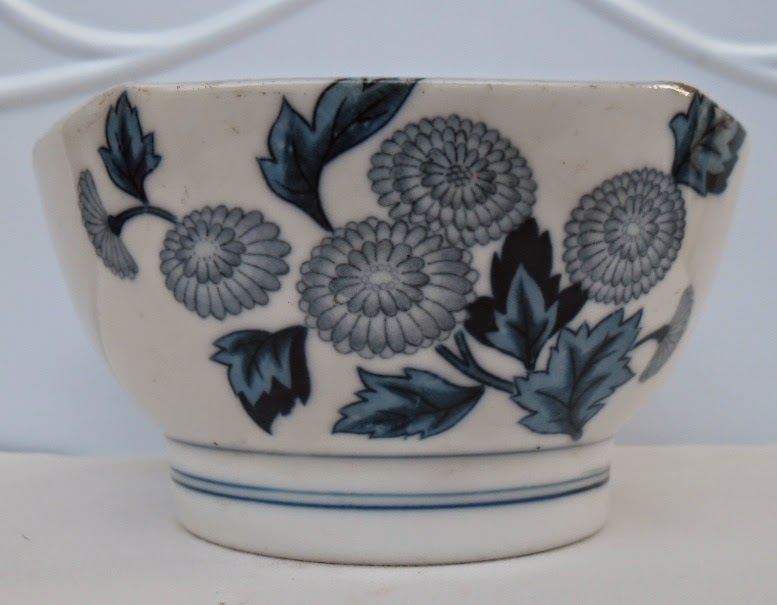The following images show a group of 3 antique porcelain pots consisting of ,
Left. Antique small Delft porcelain vase with floral decoration work. , the age of which can be determined from the condition and similarity..The vases, plates and other ceramics of the company are highly appreciated in international market because of their rarity and decoration work.
Middle. Antique Chinese Dynasty floral decorated in blue & white planter with manufacturer sign mark on the base.It has 8 facets. The collectors of Chinese antiques search for such items and are sold in international market for high prices.The double circular lines on the pot shows relevancy to Chinese Imperial Dynasty period probably Ming dynasty as the paintings in blue color and its structure itself speaks of unique manufacturing technique.
Right. Chinese blue & white decorated hexagonal vase with landscape painting on a small vase is also collectible pieces so far its characteristics are concerned.
This information is provided to collectors in the initial stage of their work.Detailed information can be had from the the sites like, Gothberg, Kovel, and many others on internet.











